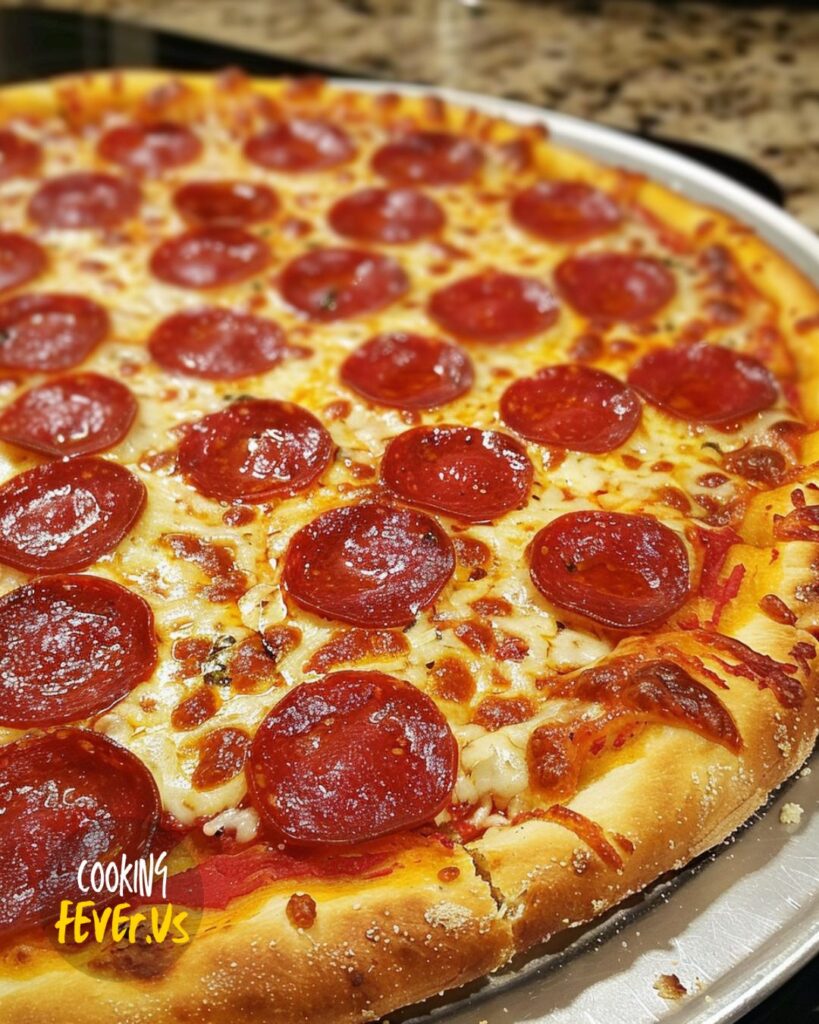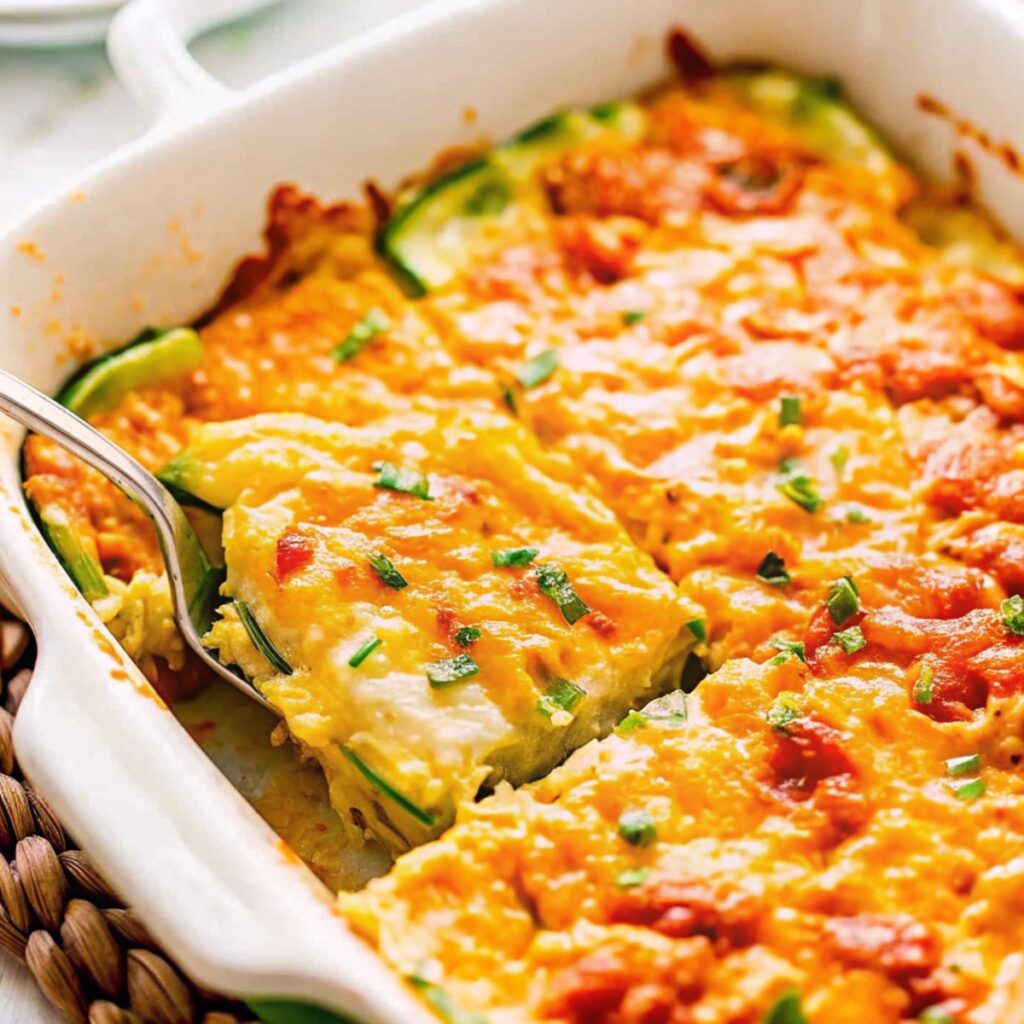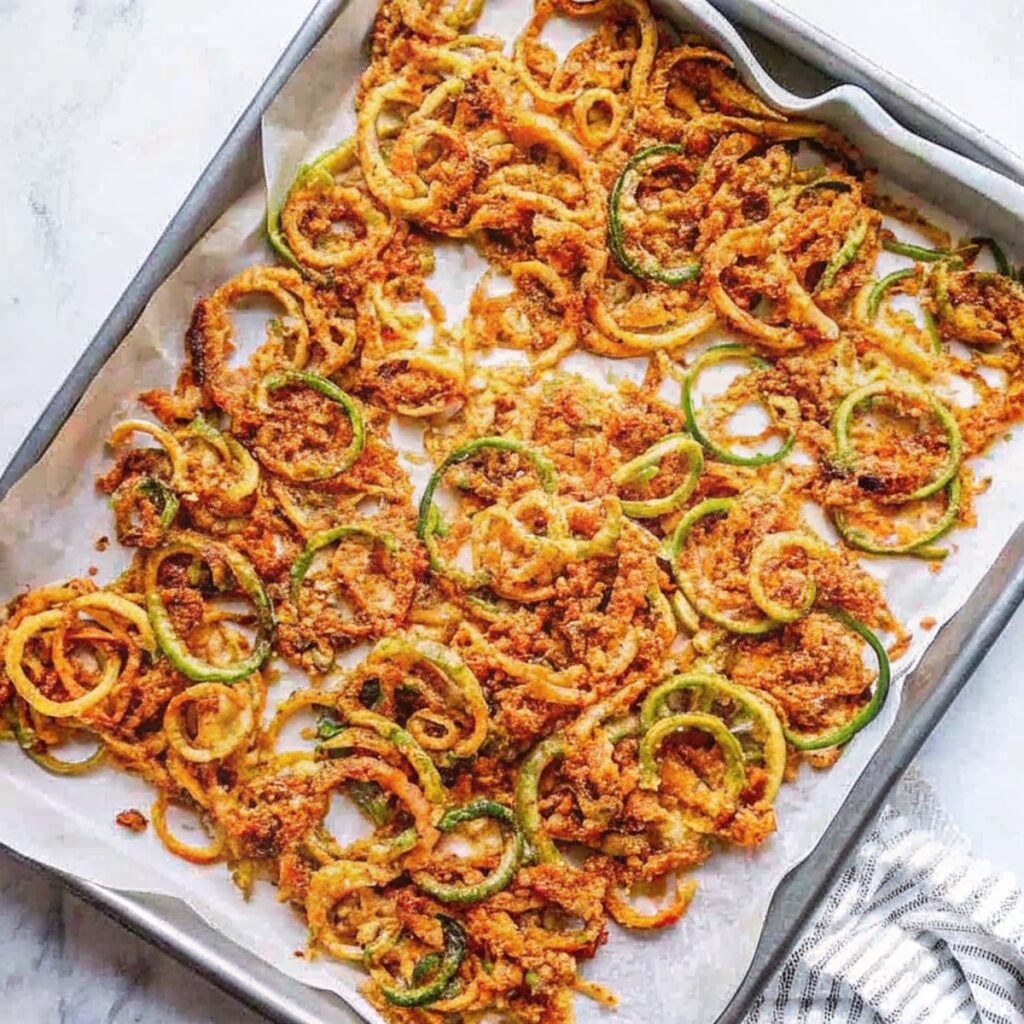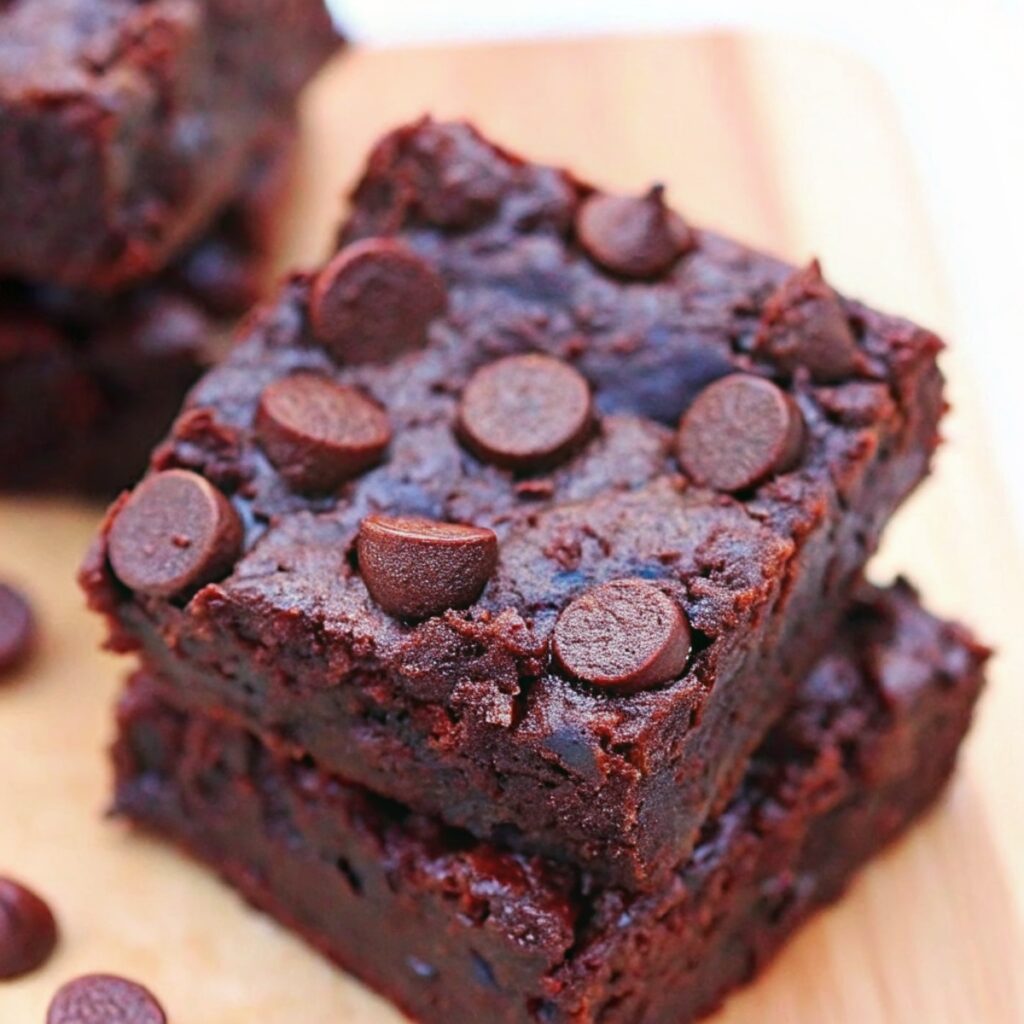When it comes to pizza, there’s something magical about a homemade crust that’s crispy, chewy, and delightfully bubbly. This artisan pizza dough recipe has become a staple in our home, bringing back fond memories of family gatherings and cozy Friday nights by the fireplace. The process might seem a bit lengthy, but trust me, the results are worth every minute spent waiting for that perfect rise.
One chilly evening last fall, my family and I decided to turn pizza-making into a weekend tradition. Inspired by a trip to a quaint pizzeria in New York City, where the crust was nothing short of perfection, I set out on a mission to recreate that unforgettable texture and flavor at home. After a few attempts and some helpful tweaks, we finally nailed it with this recipe.
The beauty of this artisan dough lies in its simplicity and the love you put into every fold and stretch. It’s an experience that brings everyone together, whether it’s my husband kneading the dough or my kids eagerly topping their pizzas with their favorite ingredients. We’ve experimented with various toppings, from classic margherita to spicy pepperoni and even a controversial pineapple and ham combo (which surprisingly won over some skeptics!).
What makes this dough stand out is the careful attention to detail in every step, from letting the dough rest and develop gluten to achieving that perfect balance of chewiness and crispness in the crust. Each pizza we make is a little piece of art, a testament to the joy of homemade food and the warmth it brings to our family table.
So, gather your loved ones, roll up your sleeves, and embark on this culinary journey with me. You’ll find that the magic of making pizza from scratch is as much about the process as it is about the delicious outcome. Happy pizza making!
Making the Artisan Pizza Dough – Crispy, Bubbly Crust
Click here to get printable version
Ingredients
- 1 1/2 cups plus 2 tbsp warm water, divided
- 1 1/2 tsp fine salt
- 1/4 tsp active dry yeast
- 3 3/4 cups plus 2 tbsp all-purpose flour
Directions
Combine the flour and all but 1 tablespoon of the water in a large bowl until just mixed. Cover and let it rest for 20 minutes. Dissolve the yeast in the remaining warm water.
Sprinkle the salt over the dough. Stir the yeast mixture and pour it over the dough. Wet your hand lightly, reach under the dough, and stretch a section over the top. Repeat until the center is covered. Pinch off 5-6 chunks of dough using your thumb and fingers. Wet your hand to avoid sticking and fold the dough over itself a few times. Repeat the pinching and folding until the yeast and salt are fully incorporated, forming a shaggy dough. Cover the bowl and let it rest for about an hour.
Fold the dough once to develop the gluten: wet your hand lightly, reach underneath, and stretch up a section of the dough, then fold it over the center. Rotate the bowl and fold 4-5 more times until the dough tightens into a ball. Place the dough seam-side down in a clean, lightly greased bowl. Cover and let it rise until it doubles in volume, about 5-6 hours.
Turn the dough onto a floured work surface and cut it in half. Shape each piece into a ball by stretching out a quarter of the dough until you feel resistance, then fold it back over the center. Repeat with the remaining edges until a loose ball forms. Turn the ball seam-side down and place it on an un-floured area. Cup your hands around the dough and gently pull it towards you, dragging the bottom along the counter to create tension. Rotate the ball 90 degrees and drag it again. Repeat until the top tightens and the ball is round.
Transfer to a greased plate and repeat with the remaining dough. Lightly oil the tops, cover, and let rest at room temperature for about an hour. Preheat the oven at this time. If not using right away, cover tightly with plastic wrap and refrigerate for up to 2 days.
To make pizza: Place a pizza steel, stone, or inverted baking sheet on the middle rack and preheat to 500°F (or as high as it will go). Let the oven heat up for at least 45 minutes. Generously flour a pizza peel and set aside. Alternatively, lightly grease a cast iron pan with olive oil and set aside.
Place one dough ball on a floured surface and flatten the middle into a large disk, leaving a thick 1-inch lip. Pick up the disk, and holding the thick edge, use gravity to gently shape the dough into a 12-inch circle. Lay on the prepared pizza peel and adjust the shape into a circle. Jiggle the peel to ensure the dough isn’t sticking, adding more flour if needed. Alternatively, shape the dough to the size of your prepared cast iron pan and place it inside.
Add sauce and toppings to the pizza dough, leaving the 1-inch perimeter empty. Slide the pizza onto the hot steel and bake for 5 minutes. Turn on the broiler and broil for 2-4 minutes, or until the cheese is melted and the crust is golden and blistered. If using the cast iron pan, bake for 15-20 minutes and broil for the last few minutes to get spots of char. Repeat with the remaining dough and toppings.
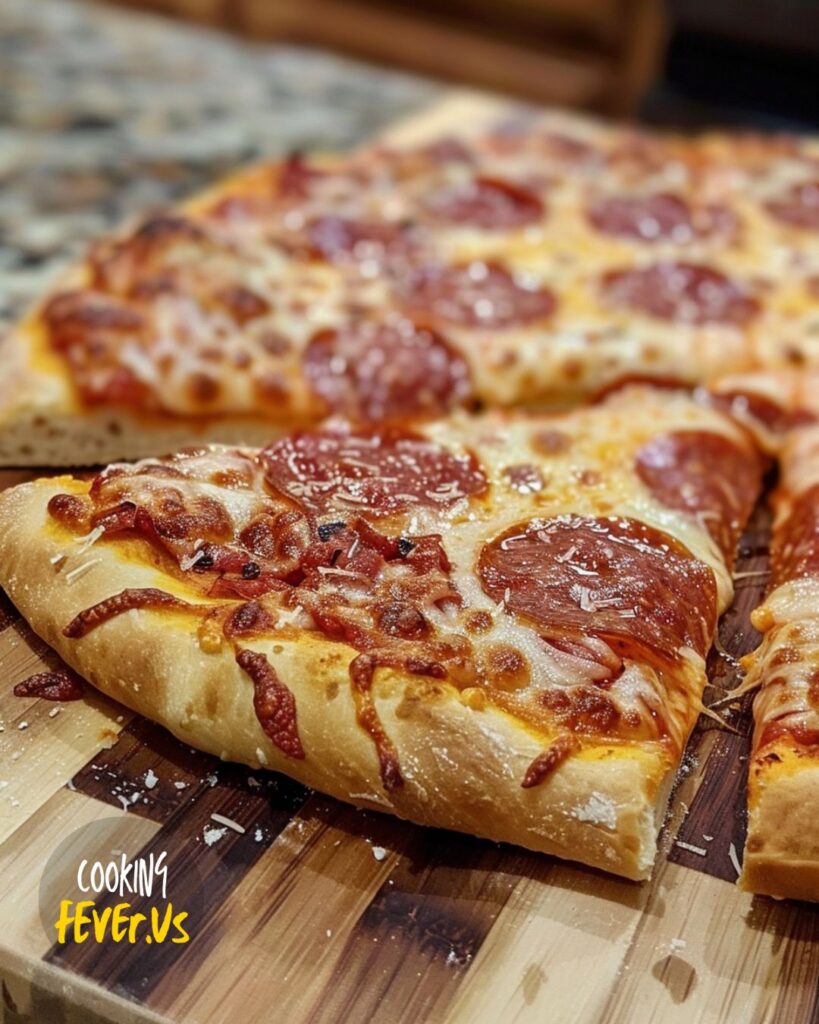
FAQs:
What is the best type of flour to use for artisan pizza dough?
All-purpose flour is recommended for this artisan pizza dough recipe. It provides the right balance of protein content to create a crispy, chewy crust. Additionally, it is readily available and easy to work with, making it an ideal choice for home bakers.
Can I prepare the dough in advance?
Yes, you can prepare the dough in advance. After shaping the dough balls, you can cover them tightly with plastic wrap and refrigerate for up to 2 days. Before using, let the dough come to room temperature for about an hour to ensure it rises properly during baking.
Why is it important to let the dough rest for 20 minutes after the initial mix?
This resting period, known as autolyse, allows the flour to fully hydrate and the gluten to begin developing. Consequently, it makes the dough easier to handle and improves its texture. Skipping this step may result in a less elastic and more difficult-to-shape dough.
What is the purpose of folding the dough multiple times?
Folding the dough multiple times helps develop gluten, which is essential for achieving the desired texture of the crust. Moreover, it ensures even distribution of the yeast and salt throughout the dough. This process contributes to the dough’s strength and elasticity, resulting in a better rise and a chewy texture.
How do I ensure the pizza dough doesn’t stick to the peel?
To prevent sticking, generously flour the pizza peel before placing the dough on it. Additionally, you can occasionally jiggle the peel to make sure the dough moves freely. If necessary, add more flour to the peel to maintain smooth movement. This step is crucial to easily slide the pizza onto the hot baking surface without any issues.
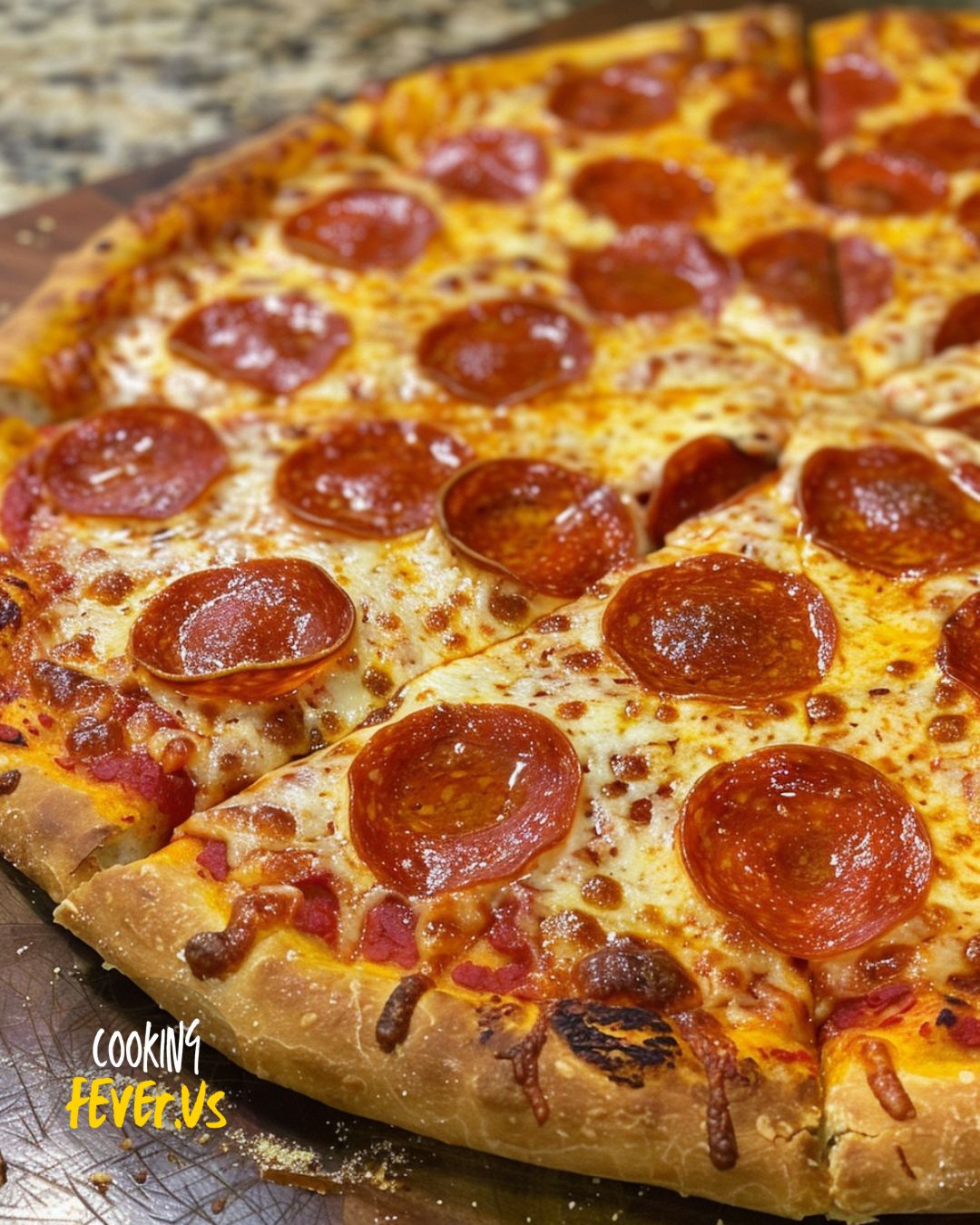
Artisan Pizza Dough
Ingredients
- 3 3/4 cups plus 2 tbsp all-purpose flour
- 1 1/2 cups plus 2 tbsp warm water divided
- 1/4 tsp active dry yeast
- 1 1/2 tsp fine salt
Instructions
- Mix the flour and all but 1 tablespoon of the water in a large bowl until just combined. Cover and set aside for 20 minutes to rest. Sprinkle the yeast over the remaining warm water and set aside to dissolve.
- Sprinkle salt over the surface of the dough. Stir the yeast mixture and pour it over the dough. To fold the dough, lightly wet your hand, reach under the dough, and stretch a section over the top. Repeat until the center is covered. Using your thumb and fingers, pinch off 5-6 chunks of dough. Wet your hand to minimize sticking. Fold the dough over itself a few times. Repeat pinching and folding until the yeast and salt are fully mixed, forming a shaggy dough. Cover the bowl and let rest for about an hour.
- Fold the dough once to develop the gluten: lightly wet your hand, reach underneath, and stretch up a section of the dough, then fold it over the center. Rotate the bowl and fold 4-5 more times until the dough has tightened into a ball. Invert the ball of dough into a clean, lightly greased bowl, so the seam is down and the top is smooth. Cover and let rise until doubled in volume, about 5-6 hours.
- Turn the dough out onto a floured work surface and cut it in half. Working with one piece at a time, shape it into a ball. Stretch out a quarter of the dough until you feel resistance, then fold it back over the center. Repeat with the remaining three edges until a loose ball forms. Turn the ball seam-side down and place it on an un-floured area. Cup your hands around the dough and gently pull it towards you, dragging the bottom along the counter to create tension. Rotate the ball 90 degrees and drag it again. Repeat until the top tightens and the ball is round.
- Transfer to a greased plate and repeat with the remaining dough. Lightly oil the tops, cover, and let rest at room temperature for about an hour. Preheat the oven at this time. If not using right away, cover tightly with plastic wrap and refrigerate for up to 2 days.
- To make pizza:
- Place a pizza steel, stone, or inverted baking sheet on the middle rack and preheat to 500°F (or as high as it will go). Let the oven heat up for at least 45 minutes. Generously flour a pizza peel and set aside. Alternatively, lightly grease a cast iron pan with olive oil and set aside.
- Place one dough ball on a floured surface and flatten the middle into a large disk, leaving a thick 1-inch lip. Pick up the disk, and holding the thick edge, use gravity to gently shape the dough into a 12-inch circle. Lay on the prepared pizza peel and adjust the shape into a circle. Jiggle the peel to ensure the dough isn’t sticking, adding more flour if needed. Alternatively, shape the dough to the size of your prepared cast iron pan and place it inside.
- Add sauce and toppings to the pizza dough, leaving the 1-inch perimeter empty. Slide the pizza onto the hot steel and bake for 5 minutes. Turn on the broiler and broil for 2-4 minutes, or until the cheese is melted and the crust is golden and blistered. If using the cast iron pan, bake for 15-20 minutes and broil for the last few minutes to get spots of char. Repeat with the remaining dough and toppings.
